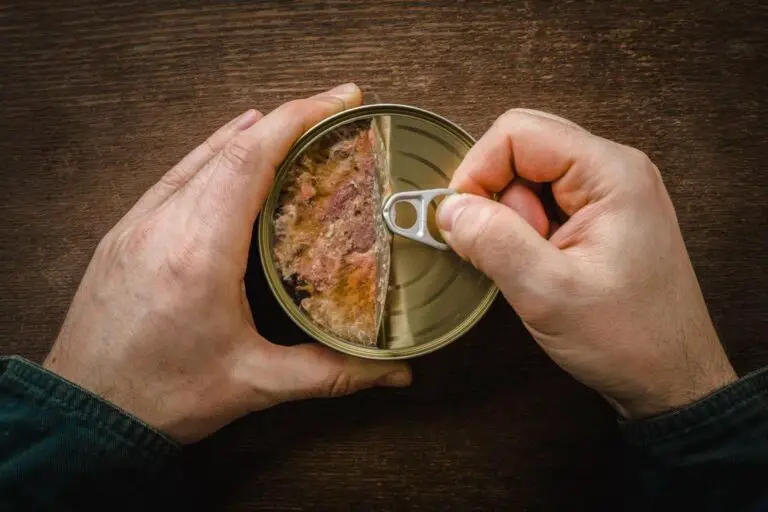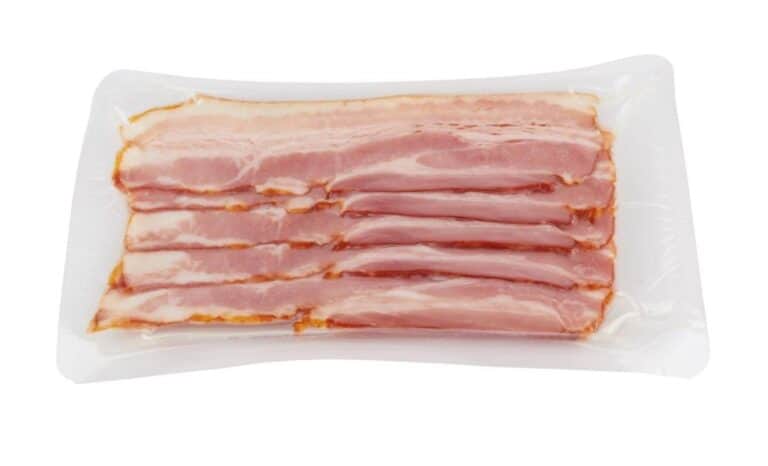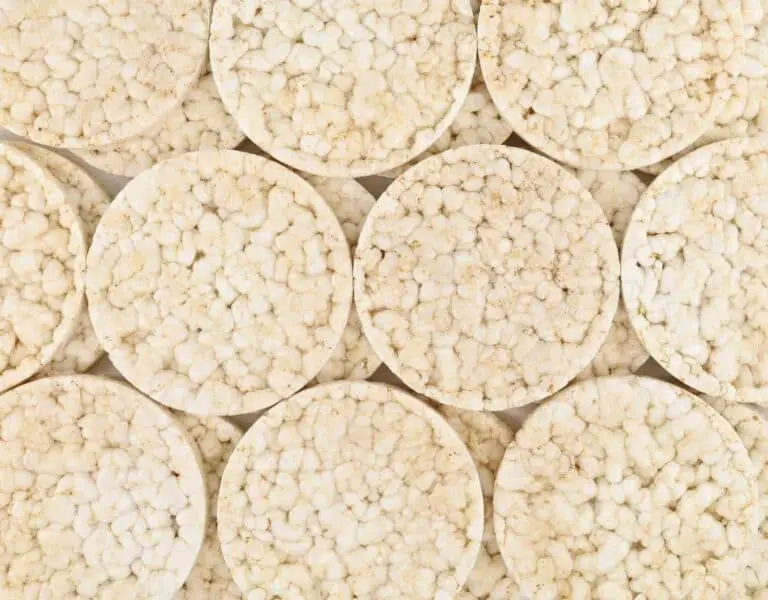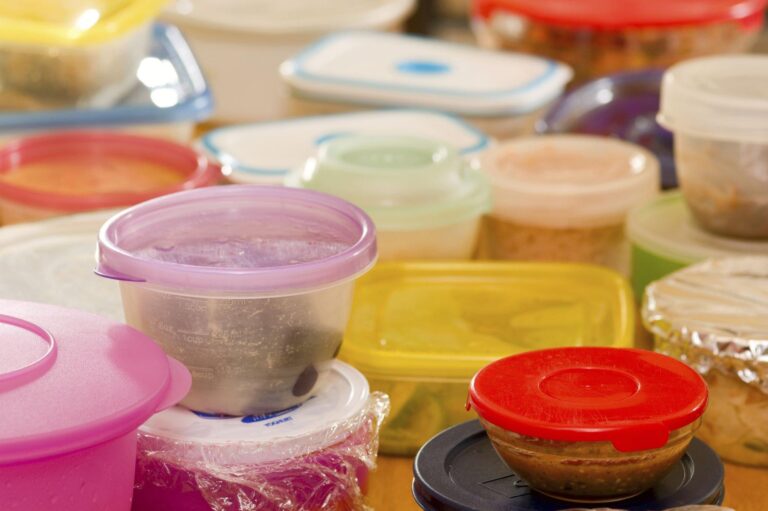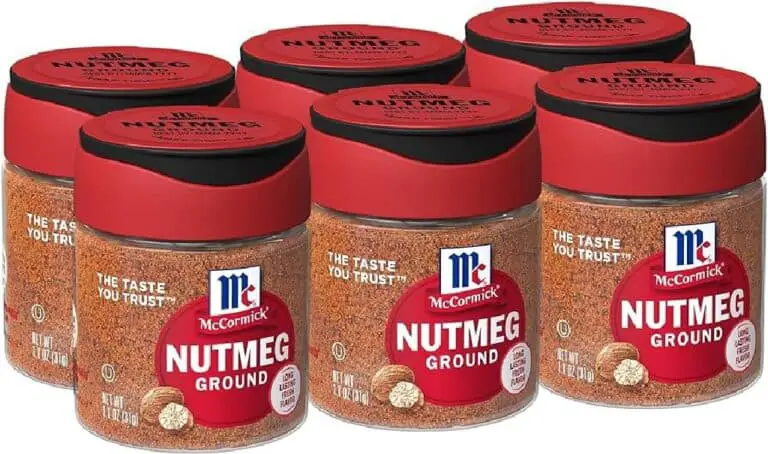How Long Does Dried Fruit Last Once Opened? Dried Fruit Storage Secrets
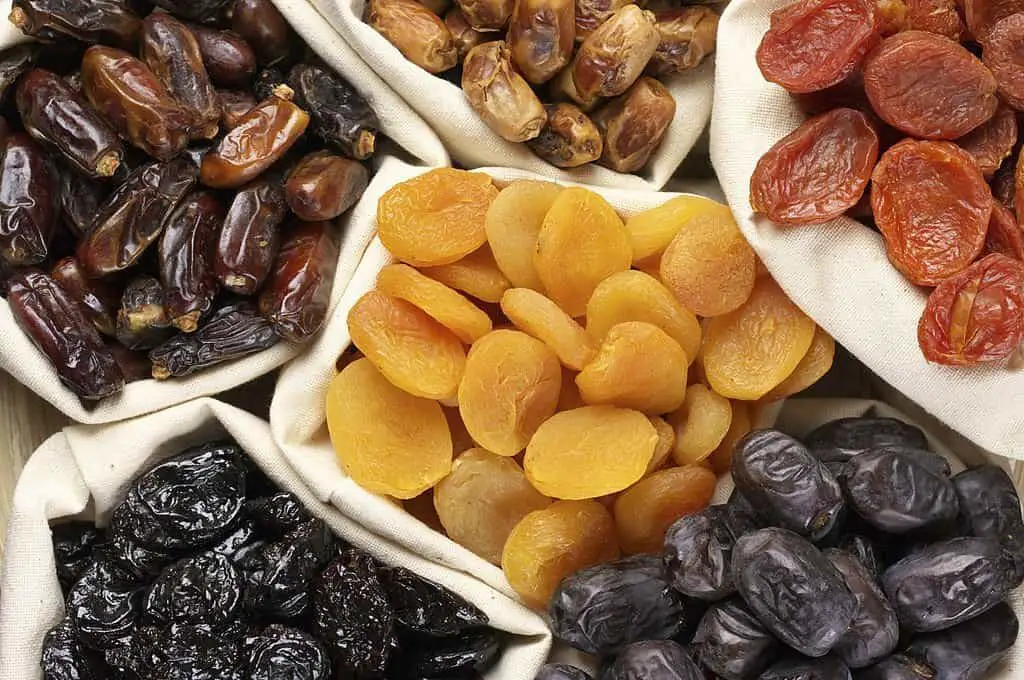
The delightful taste of dried fruit is hard to resist. It’s nature’s candy, a burst of sweet and chewy goodness that’s not only satisfying but also packed with essential nutrients. However, if you’ve ever found yourself wondering about the shelf life of that opened bag of dried apricots or raisins, you’re not alone.
We’ve all been there, contemplating whether our favorite snack is still safe to eat or if it’s time to say goodbye.
In this article, we’ll take you on a journey through the tantalizing world of dried fruit, exploring the secrets of preserving their flavor and nutritional value once the seal is broken. From the shelf life of different varieties to the storage techniques that will keep them tasting as fresh as the day you opened the bag, we’ve got you covered.
So, if you’re ready to unlock the mysteries of dried fruit storage, read on to ensure that your cherished snacks remain delicious, nutritious, and perfectly preserved.
Understanding the Shelf Life of Opened Dried Fruit
Dried fruit is a snack-lover’s dream. Whether you favor the chewy sweetness of raisins, the tropical notes of dried mango, or the earthy richness of apricots, dried fruits are a convenient, delicious, and nutritious option.
Dried fruits are cherished for their extended shelf life when unopened. The dehydration process removes moisture, allowing these fruits to stay edible for months or years. However, once exposed to the air, their longevity decreases. The shelf life of opened dried fruit depends on several factors:
1. Type of Dried Fruit: Different fruits have varying moisture levels, which influence their longevity when opened. Raisins typically last longer than apricots, for instance.
2. Packaging: The quality of the packaging you use for storing opened dried fruit matters. Air-tight containers or resealable bags can make a significant difference in preserving freshness.
3. Storage Conditions: The environment in which you store your opened dried fruit plays a vital role. Cool, dry places are ideal for preserving your fruity delights. Avoid places with high humidity, as it can accelerate spoilage.
4. Presence of Preservatives: Some dried fruits may have preservatives added, which can extend their shelf life. Check the label to see if your dried fruit contains preservatives.
How Long Does Dried Fruit Last Once Opened?
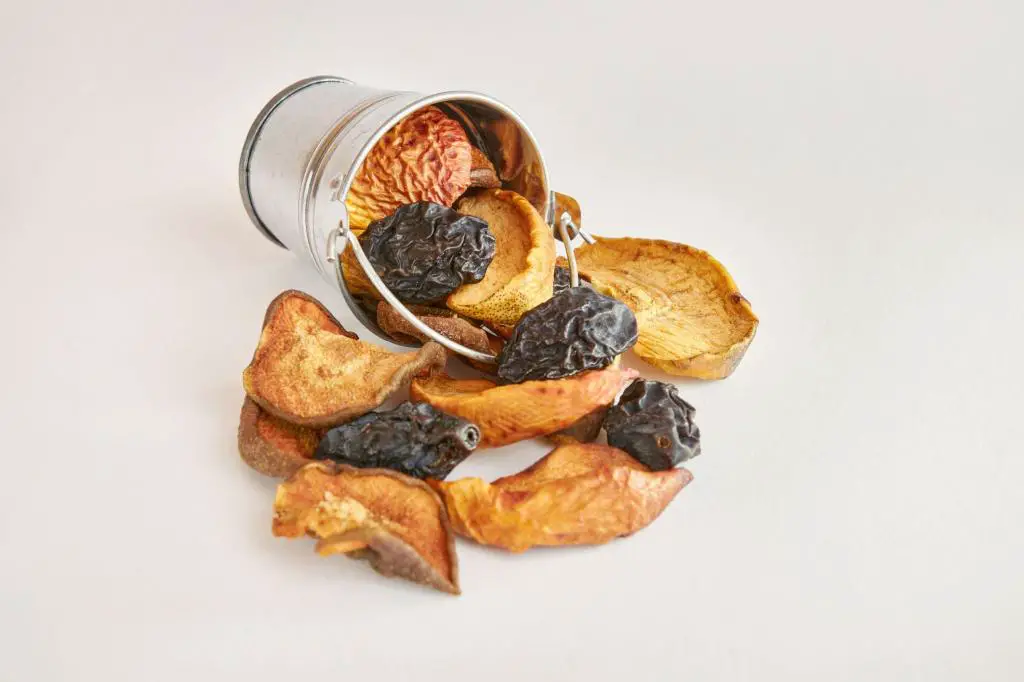
Let’s take a closer look at some common dried fruits and how long they typically last once opened:
| Dried Fruit | Approximate Shelf Life (Opened) |
| Raisins | 6-12 months |
| Apricots | 4-8 months |
| Dates | 6-12 months |
| Cranberries | 4-6 months |
| Mango Slices | 6-12 months |
These are rough estimates, and actual shelf life can vary based on factors like packaging, storage conditions, and the presence of preservatives. If your dried fruit isn’t as fresh as you’d like, don’t worry – there are ways to extend its lifespan.
Dried Fruit Storage Secrets
1. Cool and Dry Storage
One of the most critical aspects of preserving opened, dried fruit is the storage environment. Dried fruit needs to be stored in a cool, dry place, away from direct sunlight and heat sources. The pantry or a cupboard works well. Exposure to moisture and temperature fluctuations can accelerate spoilage.
2. Airtight Containers
Consider transferring your opened dried fruit into airtight containers. These can be glass jars, plastic containers, or resealable bags. The goal is to minimize exposure to oxygen, which can lead to moisture absorption and a loss of flavor.
3. Avoid Direct Light
As with many food items, light is not your dried fruit’s best friend. Ultraviolet rays can degrade the quality of your snacks. Keep them in a dark cupboard or pantry, and consider using opaque containers if they aren’t stored away from light.
4. Use Oxygen Absorbers
Oxygen absorbers are handy little packets that help maintain a low-oxygen environment, extending the shelf life of your dried fruit. These are readily available and affordable.
5. Refrigeration
While refrigeration is not necessary for most dried fruits, it can help in specific cases. If you live in a particularly humid environment, refrigeration can prevent moisture absorption.
6. Inspect for Spoilage
Regularly check your stored dried fruit for signs of spoilage. Look for changes in color, texture, or the presence of mold. If you notice any of these, it’s best to discard the affected pieces.
7. Preservative Considerations
Some dried fruits come with added preservatives, which can significantly prolong their shelf life. If you have the choice, opt for dried fruits with minimal or no preservatives if you want to keep your snack as natural as possible.
8. Vacuum Sealing
If you’re truly committed to extending the life of your dried fruit, vacuum sealing can be a game-changer. This method removes air from the packaging, creating an oxygen-free environment that prevents spoilage.
See also: Are Dried Green Beans Safe to Consume?
The Role of Packaging in Preserving Dried Fruits
The role of packaging in preserving dried fruits cannot be understated. It’s the unsung hero that keeps your fruity delights fresh and flavorful long after you’ve opened the bag. Dried fruits are susceptible to moisture, oxygen, and light, which can lead to spoilage. The right packaging acts as a protective shield, ensuring they remain in prime condition.
Airtight containers are your best allies when it comes to safeguarding the integrity of opened dried fruits. These containers, whether made of glass, plastic, or resealable bags, create a barrier that minimizes exposure to oxygen. Oxygen can lead to moisture absorption, which, in turn, affects the taste and texture of dried fruits.
Using dark-opaque containers or placing them in a dark cupboard can help keep your snacks as delicious as the day you opened the package. When you choose the right plastic food packaging, you’re making a significant step toward preserving the delectable essence of your dried fruits and ensuring they’re ready to satisfy your taste buds whenever you crave a sweet and wholesome treat.
Common Signs of Spoilage in Dried Fruits
When it comes to enjoying dried fruits, freshness is key. Nobody wants to snack on dried apricots that have lost their luster or raisins that have turned stale. To ensure you’re savoring the best flavors, it’s crucial to recognize the common signs of spoilage in dried fruits.
1. Changes in Color: Keep an eye on the color of your dried fruit. If you notice any unusual discoloration, such as dark spots, a faded appearance, or an off-putting hue, it’s a red flag. Fresh, dried fruits should maintain their vibrant, natural color.
2. Altered Texture: The texture of your dried fruits should be pleasantly chewy, not rock-hard or mushy. If they feel overly firm or soft, it’s time for a taste test. Spoiled dried fruits can become tough or rubbery.
3. Off Odors: A sweet, fruity aroma is what you want when you open a bag of dried fruit. If you catch a whiff of something unpleasant, like a musty or sour smell, it’s an indicator of spoilage. Freshly dried fruits should smell as appealing as they taste.
4. Presence of Mold: Mold is a clear sign that your dried fruit has gone bad. If you spot any fuzzy or powdery growth on the surface, discard the affected pieces immediately.
5. Unpleasant Taste: The most obvious sign of spoilage is a change in taste. If your dried fruit no longer tastes as sweet or flavorful as it used to, it’s time to say goodbye.
Final Thoughts
Dried fruit is a convenient and nutritious snack, but its shelf life once opened can be limited. By following the storage secrets outlined in this article, you can significantly extend the freshness and quality of your favorite dried fruits. Keep them cool, dry, and away from light, and consider using airtight containers or vacuum sealing for the best results. With these tips, you can savor the delightful flavors of dried fruit for longer periods and reduce food waste in the process. Enjoy your snacks with confidence, knowing that you’re making the most of their natural goodness.
FAQs on Dried Fruit Storage Guidelines
Can I freeze opened dried fruit?
Yes, you can freeze opened dried fruit to extend its shelf life. Be sure to use airtight containers or freezer bags to prevent moisture and odors from affecting the fruit.
What are the signs that dried fruit has gone bad?
Spoiled dried fruit may change in color, become excessively hard or soft, develop an off-putting odor, or show signs of mold growth. If you notice any of these, it’s best to discard the affected pieces.
What can I do with over-dried fruit that has lost its moisture?
Over-dried fruit can still be used in recipes like baked goods, oatmeal, or trail mix. Simply rehydrate them by soaking in warm water or fruit juice.
What is the best way to store dried fruits for long-term use?
Store dried fruits in a cool, dry place in airtight containers to minimize exposure to air and moisture, ensuring they retain their texture and flavor.
Are there any preservatives that can help extend the shelf life of dried fruits?
Preservatives like sulfur dioxide are commonly used in dried fruits to extend their shelf life, inhibiting microbial growth and preventing discoloration.
Can mold on dried fruit be safely removed, or should the entire batch be discarded?
Removing mold from dried fruit is not recommended as it may have penetrated deeper than what’s visible, posing health risks. It’s safer to discard the entire batch.
What are the ideal storage conditions for opened dried fruits in terms of temperature and humidity?
Ideal storage conditions include cool temperatures (around 50°F to 68°F) and low humidity (less than 60%) to prevent moisture absorption and microbial growth.


